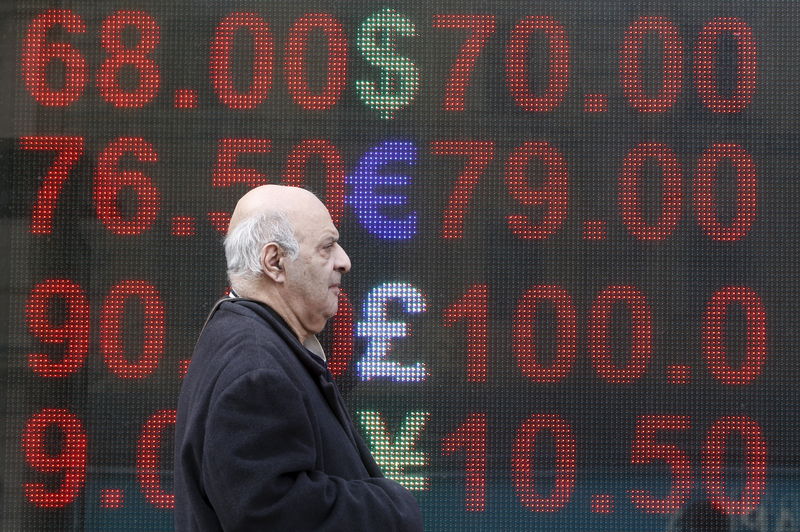* CLS switches to different headline figures on market size
* Leaves out double-counted and internal bank trades
* Says aim is to use methodology similar to central banks
By Patrick Graham
LONDON, March 13 (Reuters) - The world's biggest financial market may be only half as big as you thought it was.
That's the suggestion of a change in methodology by global settlement bank CLS which leaves out various double-counted and internal bank trades that for years have inflated estimates of the size of the global currency market.
CLS, a vital piece of FX infrastructure for the past decade, has long reported numbers of around $5 trillion which broadly match those given by the two triennial surveys conducted since 2013 by the Bank of International Settlements (BIS) and seen as the industry benchmark.
But the similarity of those figures has always been purely coincidental, says CLS chief executive David Puth, and the U.S.-based bank has now chosen to report a different, lower, number that it feels better represents a business that generates billions in profit for banks.
As of February, CLS puts its estimate of executed trades it settles at $1.5 trillion a day.
It estimates that adds up to a bit more than a 50 percent market share, putting the whole daily market's broader value at less than $3 trillion a day when allowing for currencies and trades for which it does not cover the settlement risk.
Under the bonnet, nothing has changed, Puth says. Separate estimates still put the input values processed by the CLS settlement service on a daily basis, including both sides of each trade and the differing legs of FX swap trades, at a little under $5 trillion.
But the decision by the company to switch focus, and its explanation of why, suggest that the lower figure may be a better representation of the reality of how bankers should think about an increasingly automated business.
"The change in our reporting methodology brings our monthly data in line with the reporting conventions for BIS, trading platforms and central banks, allowing for more accurate comparisons with their data," Puth said. "This will present a clearer view of the external FX market."
The two key remaining differences with the methodology used by the BIS and other central bank surveys also go further in explaining the discrepancy between the $5 trillion and the volumes of trade on third party trading platforms run by Thomson Reuters TRI.TO , NEX Group NXGN.L , Bloomberg and others.
One, the company says, is hundreds of billions in completely internal trades which take place between different desks or units of banks and are not subject to settlement risk.
The other is the double-counting of similarly huge volumes of prime broker trades where banks act on behalf of major hedge fund and other investors and where both the original and a separate "give-up" trade is counted.
One question is whether some or all of these trades generate any risk, profit or loss and hence their value in discussions of the market as a business proposition or sector in which banks and others put capital. (Editing by Robin Pomeroy)
